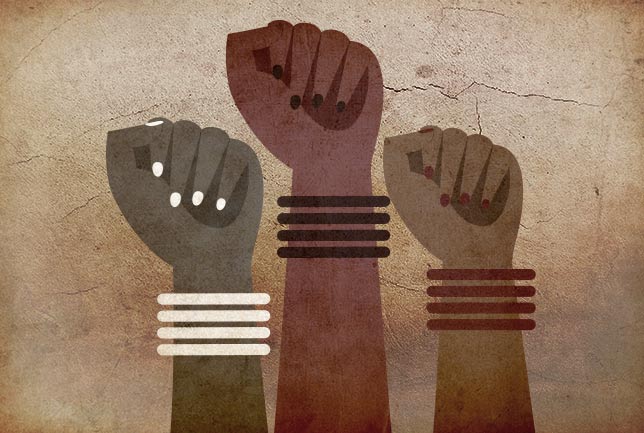
Channar
Revolt
"Channar Revolt 1813-59"
Channar revolt is one of the earliest organised movements by women in Kerala. This uprising in Travancore kingdom had its origins in the age-old ban imposed by the upper-caste community on women from the Channar (Nadar) community to cover their bosoms. In protest against this practice, Channar women started to wear upper body cloths in the early 19th century. Soon, some upper-caste men retaliated by tearing apart the cloths worn in defiance of the custom. Following widespread protest and violence across the kingdom, Charles Trevelyan, the Madras Governor, ordered the king of Travancore in 1859 to issue a proclamation allowing the right for all lower-caste women to cover their breasts. Channar Revolt (lahala) is also known as the Maru Marakkal Samaram.

Achipudava
Protest
"Achipudava Protest 1858"
Achipudava was a fine brand of garment worn by upper-caste women. Trouble arose when Ezhava women from wealthy families broke the custom and started to don Achipudava, a white cotton cloth with gold border. Women who broke the rules were brutally punished. It is said Kayamkulam market area had witnessed an attack on an Ezhava women for wearing the dress in 1858. For centuries, both lower-caste men and women in Kerala were not allowed to wear dresses below the knee.
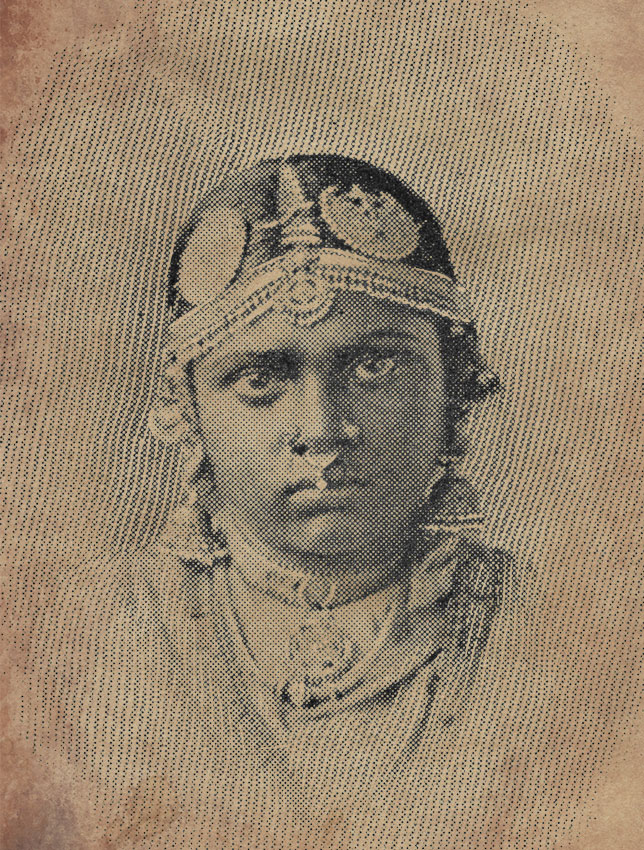
Mukuthi
Agitation
"Mukuthi Agitation 1860"
Mukkuthi (nose stud) Agitation was held to secure lower-caste women the right to wear jewels on nose. Traditionally upper-caste women wore such jewellery and a time came when the lower castes aspired to ape such style. Reportedly, some women from Ezhava community wore the jewels and walked through public road in Pandalam. Angry upper-caste mob attacked them and tried to cut their noses. In protest against this, Arattupuzha Velayudha Panicker, a spirited Ezhava chieftain, collected a number of nose-jewels and gifted them to women who liked to wear nose jewels. It is said he was also in the forefront of the Achipudava Protest.
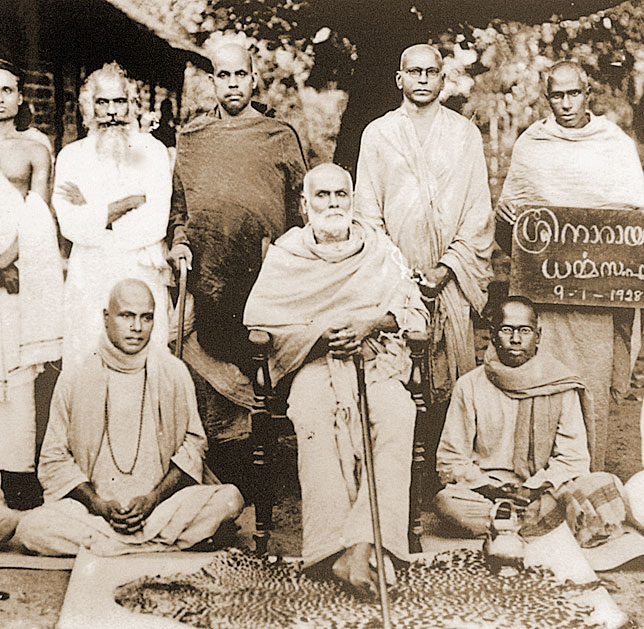
Aruvippuram
Consecration
"Aruvippuram Consecration 1888"
Sree Narayana Guru, who was against social evils such as untouchability, popularised the dictum 'one caste, one religion and one god for men'. He was against the traditional ban on the entry of people from the lowest castes, including his own Ezhava community, into temples. To overcome this, in 1888, he consecrated a stone picked from the Neyyar river and installed it as the deity for a planned temple at Aruvippuram in Thiruvananthapuram district. Traditionally, it was the right of the Brahmins to consecrate and with this act Guru defied Brahmin supremacy. On the wall of the temple Sree Narayana Guru inscribed the words: "Devoid of the dividing walls of caste or race, or hatred of rival faith, we all live here in brotherhood."

Villuvandi
Samaram
"Villuvandi Samaram 1893"
The members of the lowest stratum of the Hindu society were neither allowed to use the public streets nor ride a cart. The Villuvandi Samaram or Bullock Cart Strike led by activist Ayyankali was a protest against this discrimination. In 1893, Ayyankali purchased a bullock cart from Tamil Nadu and rode it through the streets of his village Venganoor in Thiruvanathapuram district. This defiant act, which later came to be known as the 'Villuvandi Yatra', provoked the anger of many upper-caste people and they tried to attack him during the ride. The successful protest gave the lower-caste people the right to travel on public roads.
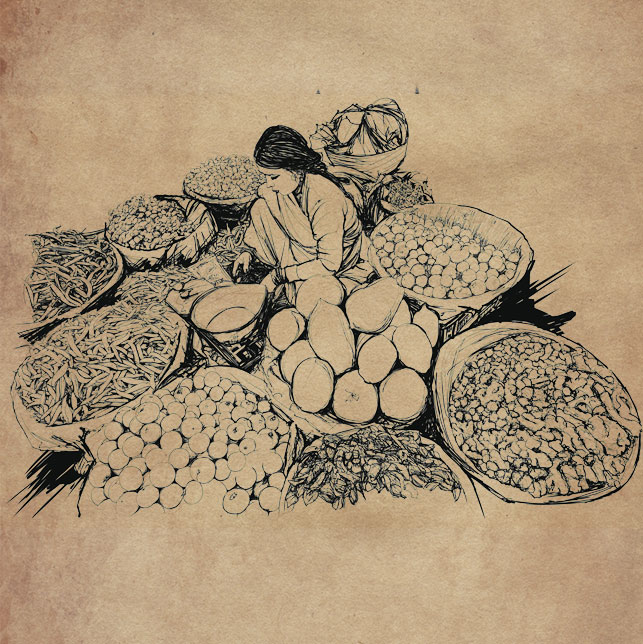
Nedumangad
Market Revolt
"Nedumangad Market Revolt 1912"
Lower-caste people were once forbidden from the market (chantha) at Nedumangad, a hilly terrain in Thiruvananathapuram. They had to sell their wares outside the market and were exploited by wily traders and agents who often bought their goods at low prices. Anger against such discrimination and oppression was bottled up and in 1912 it erupted in the form of a fierce protest that came to be known as the Nedumangadu Chantha Samaram or Nedumangad Market Revolt. Social reformer Ayyankali led the protests which eventually opened up the market and other banned public spaces to the untouchables.
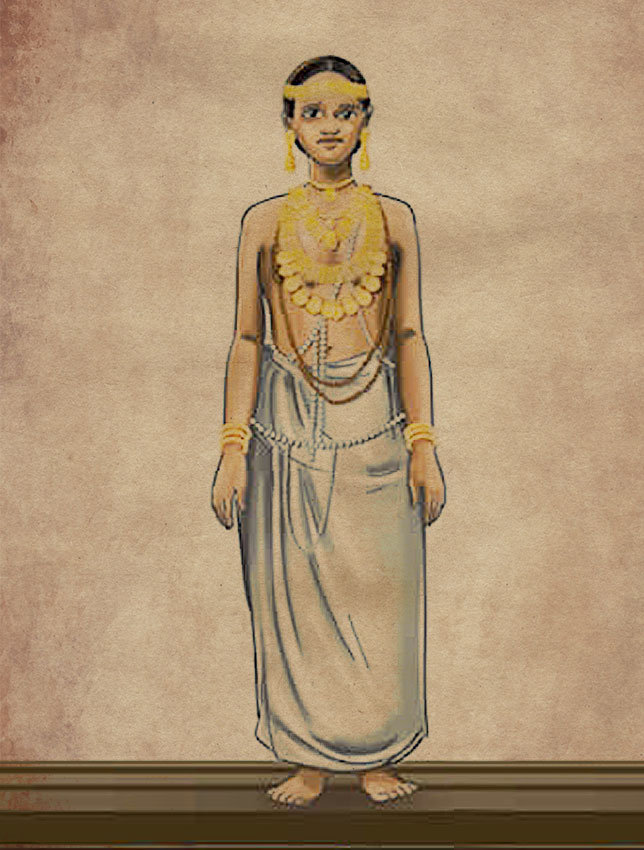
Kallumala
Samaram
"Kallumala Samaram"
This agitation in Kollam district challenged the customary upper-caste ban on using gold or metal jewellery by Pulaya women. It was primarily waged in Perinad and neighbouring villages such as Cherumoodu and Kanjavely in 1915. Kallumala Samaram, meaning Stone Necklace Protest, is also known as the Perinad Lahala (Perinad Mutiny). During the protest that spanned from October to December that year, Pulaya women cast away their ornaments made out of stone (kallumala) or wood and vowed to use only gold or metal ornaments which were used by the socially privileged. Ayyankali, the community leader, was in the forefront of this agitation as well as several other similar struggles waged by the underprivileged in the Travancore region against casteist discrimination.
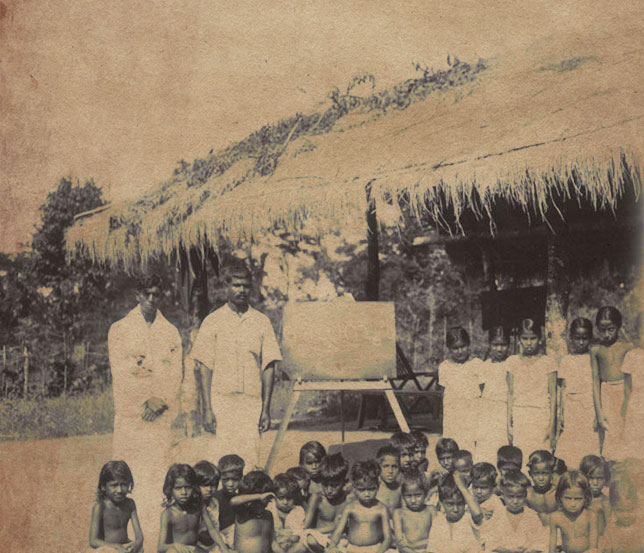
Thonnuttamand
Lahala
"Thonnuttamand Lahala 1915"
This agitation in 1915, which sought the entry of lower-caste children in schools, is known so as it occurred in the year 1090 of the traditional Kollam era. (90 meaning thonnur in Malayalam). Expectedly, the upper castes opposed this bid and they burnt schools (ooruttambalam) where children from the low-caste communities were taught. The Mutiny of '90 is thus known also as Ooruttambalam Revolt. This was just one among the several agitations led by the messianic low-caste leader Ayyankali.
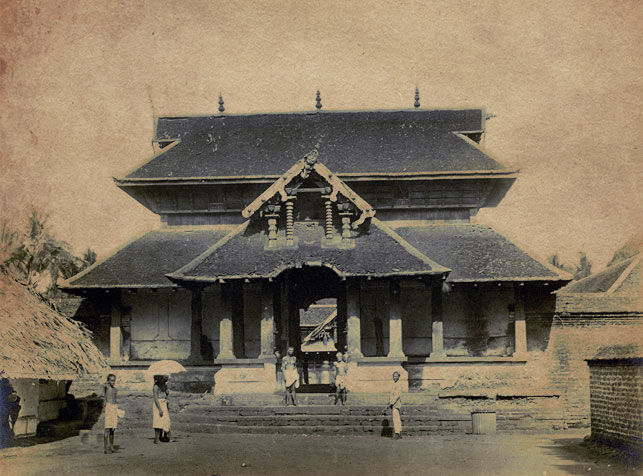
Thali
Temple Strike
"Thali Temple Strike 1917"
This strike aimed to give the low castes access to roads and entrances to the Thali Siva Temple, one of the oldest Hindu shrines in Kozhikode. Ezhava leader C Krishnan organised the agitationers. K P Kesava Menon and Manjeri Ramayyan also were at the forefront of this agitation against casteist prejudices. Low castes were once banned from entering the road between the tank and the temple.

Vaikkom
Satyagraha
"Vaikkom Satyagraha (1924-25)"
Vaikom Satyagraha is a major revolt against caste discrimination that was rife in the regions that today comprise Kerala. The outcastes were not allowed to use the roads near the Mahadeva Temple at Vaikom in Kottayam district. In 1924, three people from Pulaya, Ezhava and Nayar communities broke the rule and got arrested. Later, social reformers T K Madhavan and K P Keshava Menon were also imprisoned for the same. The protests continued for nearly an year and received an impetus with the Congress stand against untouchability and the arrival of Mahatma Gandhi at the site. His talks with the Travancore Royals played a significant role in the opening of all the temple gates, except the eastern one, to all Hindus on November 23, 1925. Periyar E V Ramasamy, Chatampi Swamikal and Sree Narayana Guru also lent support to this temple entry agitation which gained attention in other parts of India too. Progressive sections of the upper-caste communities in Kerala too favoured the opening of the temple to all castes.

Kalpathi
Revolt
"Kalpathi Revolt 1926"
The members of the lowest castes in the Hindu community were once traditionally barred from interacting with those of the higher social ranks. In the Brahmin stronghold of Kalpathi in Kerala's Palakkad district such discriminatory practices were very much rife as was elsewhere. In 1926, the activists of Arya Samaj, a Hindu reform movement, waged a struggle to abolish the existing customary bar on the lowest castes in using the paths that led to the Vishwanatha Temple at Kalpathi. The upper-caste Hindus resisted the protests violently as they wanted to keep off the untouchables from the lanes that cut through their colonies (agraharam). Ananda Shenoy, a Brahmin himself who led the Arya Samaj protests, was severely attacked. This movement, which came to be known as the Kalpathi Revolt or Kalpathi Prakshobham, was a success as the roads were later opened to all and it even inspired other similar protests.
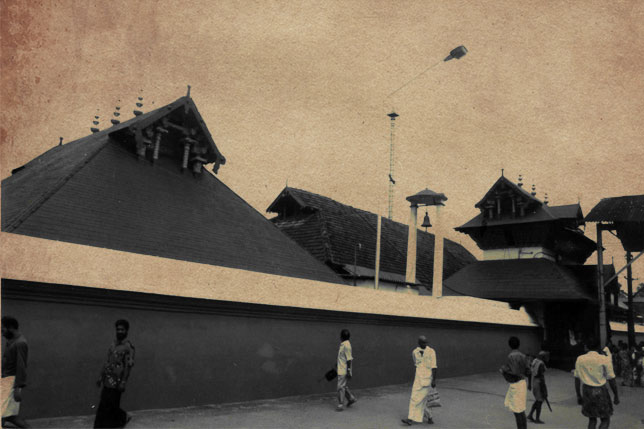
Guruvayur
Satyagraha
"Guruvayur Satyagraha (1931–32)"
Guruvayur Satyagraha of 1931–32 was another significant struggle to secure the low castes the right to enter the famed Sri Krishna temple at the coastal town, now in Trichur district. K Kelappan, Mannathu Padmanabhan, A K Gopalan and N P Damodaran Nair were its leaders. At the peak of the protest, the Zamorin royal family, the temple trustees, rejected the people's demand and closed down the temple for about a month. Many agitators were arrested and imprisoned. Kelappan started a hunger strike unto death, and ended it on the request of Mahatma Gandhi. Though the agitation failed to attain its goal, it created a favourable social atmosphere towards the need to eradicate untouchability.
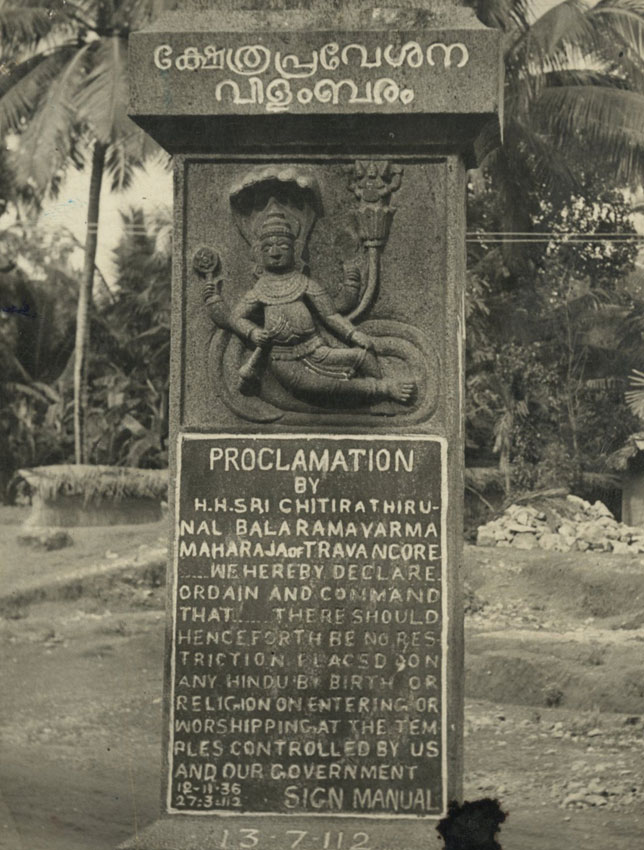
Temple Entry
Proclamation
"Temple Entry Proclamation (1936)"
The Temple Entry Proclamation, which was issued by Travancore king Chithira Thirunal Balarama Varma on November 12, 1936, abolished the traditional ban on low-caste people from entering Hindu temples across the kingdom, now a part of Kerala. The proclamation, which was in itself revolutionary, was a result of various protests against the social evil of untouchability. The Maharaja's far-sighted decision went a long way in creating an egalitarian social outlook among the people of Kerala. Mahatma Gandhi's condemnation of the caste prejudices especially during his interactions with the Travancore royal family could have acted as a sort of moral pressure on the latter in making the momentous decision. Today, the historic day is marked as the Social Reformation Day by the Government of Kerala.
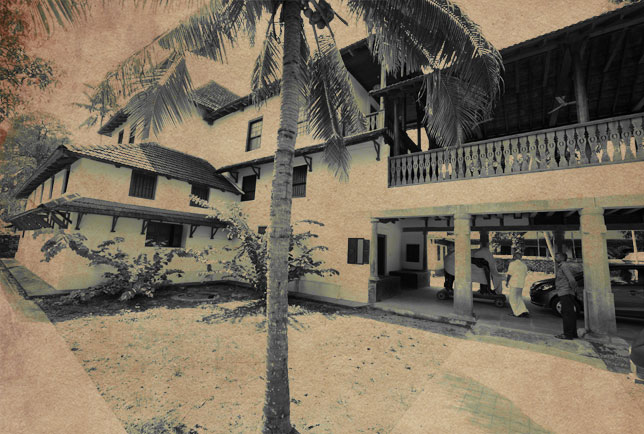
Paliyam
Satyagraha
"Paliyam Satyagraha 1947-48"
This was also another struggle for the right to use public streets. Paliyam road, which leads to the Chennamangalam temple in Paravur Taluk, Ernakulam, once belonged to Paliyathachans, the Nair ministers of Maharaja of Kochi. People belonging to lower-caste communities were not allowed to use the road. This unfair act was challenged by the SNDP, Pulaya Mahasabha and the Communist Party of Kerala. The protest eventually gained public support and in 1947 the entry proclamation was announced. Thus one more social inequality was discarded, though after a struggle.
